To all tea lovers worldwide, have you ever wondered where tea came from? How did it become so popular? With a history spanning thousands of years, tea's components, preparation techniques, and intended purposes have all undergone evolutionary shifts and will likely keep evolving. In its earlier days, tea was primarily valued for its medicinal advantages before transitioning into a daily beverage. Here is the full story of tea – from being a medicine to transforming into a refreshing drink, and how it is now regaining its role as a wellness tea.
The Origin
The story of tea dates back to 2737 BC. It is believed that while collecting some edible nuts & berries, a Chinese emperor ended up ingesting a few poisonous ones. Tired from the effects of the poison, he rested under a tree when the wind caused a leaf to fall into his mouth by accident. He was already poisoned and was desperate to get relief from this excruciating pain. Out of desperation, he chewed on the leaves, and slowly he noticed that he was healing. That same plant is what we now call the tea plant, or Camellia sinensis. Although tea cannot heal you if you have been poisoned, its health advantages are indisputable. The Chinese used to make porridge with grains and tea leaves to take advantage of its medicinal properties. It was never meant to be used as a drinkable concoction. Eventually, they discovered the many flavors they could achieve by infusing tea leaves with warm water, and soon tea leaves were used to make herbal tea. But this concoction was employed as a medicine and not an everyday beverage.
They weren’t wrong when they thought of tea as medicine. Following are some of the most common benefits of tea that have been proven by modern research:
- Green tea's catechin content is believed to be responsible for its health benefits. Epicatechin (EC), epicatechin 3 gallate (ECG), epigallocatechin (EGC), and epigallocatechin 3 gallate (EGCG) are the four different catechin types found in green tea. Out of these, EGCG is considered to be the most potent catechin with an anticarcinogenic effect.
- Green Tea, especially because of its catechin content, is a powerful antioxidant and anti-inflammatory. Antioxidants minimize free radical damage by neutralizing them. Free radicals increase oxidative stress, which can cause damage at a cellular level, leading to many health problems like cardiovascular disease, inflammation, cataracts, and cancer.
- Green tea extract is proven to increase the levels of a hormone called leptin. It is a hormone whose primary function is fat storage and controlling your food intake and energy expenditure. High levels of leptin in the body lead to reduced food intake and increased energy expenditure.
From Medicine to Beverage
In the 1730s, experts started debating the health benefits of tea. One of the popular names was Thomas Short, who claimed that tea could cause certain ailments. However, this debate didn’t stop tea from spreading its roots across the world.
Eventually, tea had a resurgence in popularity when charitable organizations began to promote tea consumption as an alternative to alcohol as part of the temperance movement. As an alternative to bars and clubs, a lot of coffee houses and cafes were developed in the 1880s. Tea rooms and tea shops gained popularity and were in vogue.
Over time, tea took over the US as well and became one of the most popular beverages in the world.
The World’s Most Consumed Beverage After Water
Yes, you heard that right. Tea has overpowered coffee to become the world’s most popular drink after water. Globally, people have established their own tea cultures, like masala chai in Mumbai, Matcha green tea in Japan, & iced tea in the US. Bubble tea, or boba tea, has simply changed the tea game all over the world.
Most Indians cannot live without their chai. A cup every morning is a must to start the day with energy and enthusiasm. But what most of us have today is milk tea. Milk is believed to rob tea of its benefits.
Tea-infused warm water is supposed to have antioxidant properties. Antioxidants prevent cell damage, assist immunity, reduce oxidative stress, and reduce hyperpigmentation. Some studies have proven that the fats and proteins in milk restrict the activity of the antioxidants in tea. Additionally, milk tea contains plenty of sugar. Consuming so much sugar every day is certainly not great for your heart.
The good news is that folks are becoming more aware of the side effects of milk tea and are slowly making the shift to herbal tea.
Herbal Tea is Catching on Globally

Infusions or decoctions of herbs, spices, fruits, flowers, or other plant components in hot water are referred to as herbal or wellness teas. It is how tea was used before it became a beverage. Herbal tea is now catching on globally.
Making herbal tea requires quite a lot of work and research. You need to know which ingredients work for a particular purpose and which don’t. Besides knowing the ingredients, you also need to source them. Lastly, you also want to make sure that it tastes good. Thankfully, we don’t have to go herb-hunting in the forest anymore. Wellness teas have become more accessible and easy to use. As long as you can manage a cup of hot water, you are good to go.
- Tea Extracts
One thing that has made herbal tea accessible to all is tea extracts. An extract is a concentrated mixture of all the medical compounds from the source. Extracts allow you to increase the shelf life of the source and also retain all the natural flavors. These flavors can then be used to produce tablets and other supplements. You can find effervescent tablets and oral strips with herbal tea extracts on the market. They make all the benefits of herbal tea readily available to you while retaining its soothing, rich flavor.
- Blooming Flower Teas
Currently, there is a growing trend in the popularity of blooming flower tea. The process involves placing a dried bulb containing flowers and leaves into hot water, causing it to elegantly unfurl and blossom. But how does this enchanting transformation occur? The method entails manufacturers carefully encasing tea leaves around a flower, creating a bulb-like structure. Once introduced to water, the dried components swell and enlarge, creating the illusion of a blooming flower suspended within the water.
- Tea Bags
The most common way for most of us to have herbal tea is by using tea bags. These tea bags contain the dried green tea leaves & flowers required to make the tea. The bags are made with a permeable material that allows water to pass through. Just dip the bag, and within a few minutes, you have a delicious cup of herbal tea. You don’t even need to strain it.
Even among tea bags, pyramidal tea bags are better options, as they are more porous and increase water flow. So your tea gets prepared faster than a few minutes.
Wellness Teas to Tackle Different Health Concerns
Experts have come up with various formulations that cater to a specific need by adding more ingredients to a typical green tea. Here are some wellness tea formulations that you might want to try:
- Tea For Sleep
A soulful cup of sleep tea is the only thing you need to get an 8-hour good night’s sleep. Depending on the ingredients, it can have plenty of benefits, but some common ones include reduced stress, improved sleep quality, and better cognition. Chamomile tea has been a popular option to relax the mind. But now, brands are taking it one step further by also adding ingredients like Melatonin, Lavender, Valerian Root, Licorice, and Nutmeg, to not only promote calmness but also regulate the sleep cycle and induce deep sleep without the next day's grogginess.
- Tea For Weight Loss
A slimming green tea helps boost metabolism, improve digestion, and shed excess fat. Green tea, on its own, is a good start to your weight loss journey. But it can help you better when combined with other ingredients like Green Coffee, Garcinia Cambogia, Black Pepper, Gymnema, and Fenugreek.
- Tea for Digestive Health
Nothing works like a wellness tea when it comes to digestive issues. A cup of delicious digestive green tea is all you need to keep your gut healthy & happy. Green tea with ginger, fennel seeds, carom seeds, cardamom, clove, and basil provides relief from bloating, relieves flatulence, and can also help you with IBS and GERD. Teas with heat-resistant probiotic bacteria are a huge plus for your gut health.
- Tea for Liver Detox
If you are tired of those not-so-delicious green detox drinks, cleansing liver detox tea might be a game-changer. A soothing drink with hibiscus, cinnamon, licorice, cardamom, and nettle leaf would be great for your liver's health. Besides flushing out toxins, it can improve blood circulation and boost immunity.
- Tea for PCOS/PCOD
High-stress levels are very common among women who experience irregular menses or who have been diagnosed with PCOS/PCOD. An adaptogenic herbal tea can help you reduce stress, which is a significant contributing factor to hormonal imbalance. In addition, drinking tea with herbs like nettle leaf, Shatavari, raspberry, chaste berry, licorice, and cranberry can help you regulate your menstrual cycle, lose weight, soothe PMS symptoms, and treat acne that develops as a result of hormonal imbalance.
Green tea has some holistic benefits related to digestion, detoxification, and weight loss. But with these different formulations, you get a drink that is targeted for your specific needs.
Wrapping Up
As our tea journey draws to a close, we bid farewell with a gentle reminder: the joy of savoring a comforting, warm mug of wholesome and flavorful herbal tea is an experience everyone deserves. Regardless of whether you're into diets or workouts, embracing this simple adjustment can have a noticeably positive transformation in your life.
References:
https://www.hsph.harvard.edu/nutritionsource/food-features/tea/
https://www.ncbi.nlm.nih.gov/books/NBK92768/


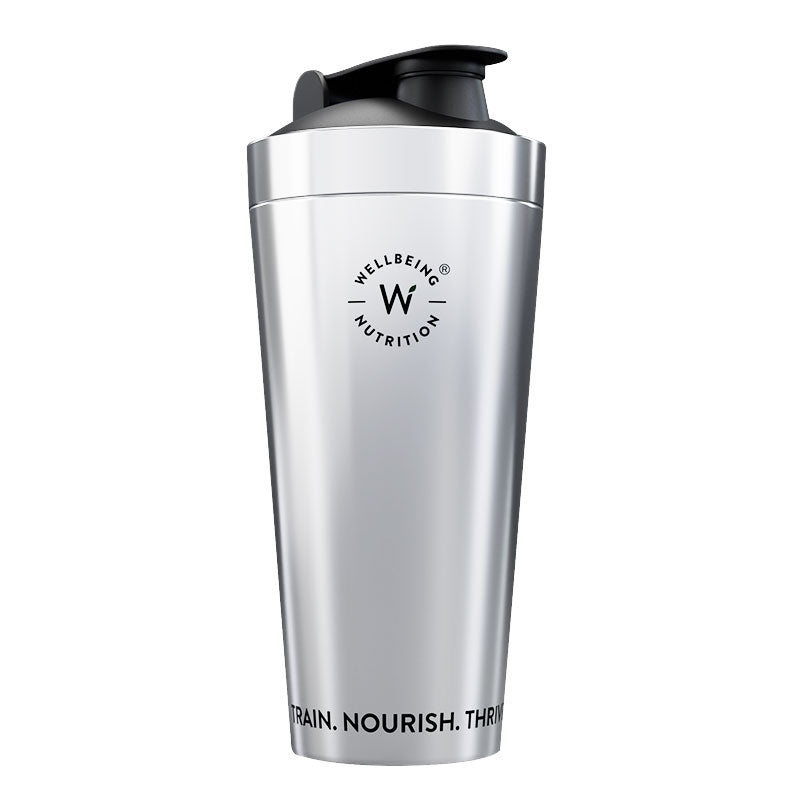









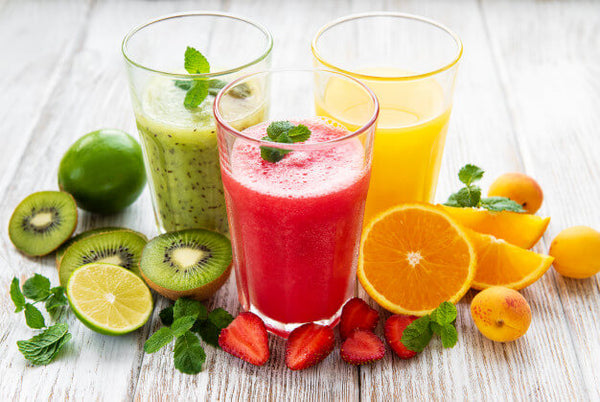



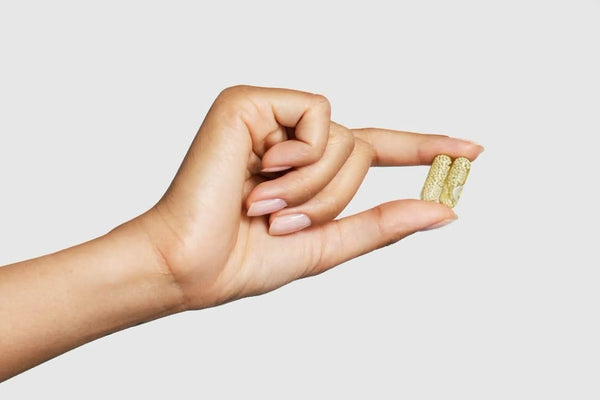
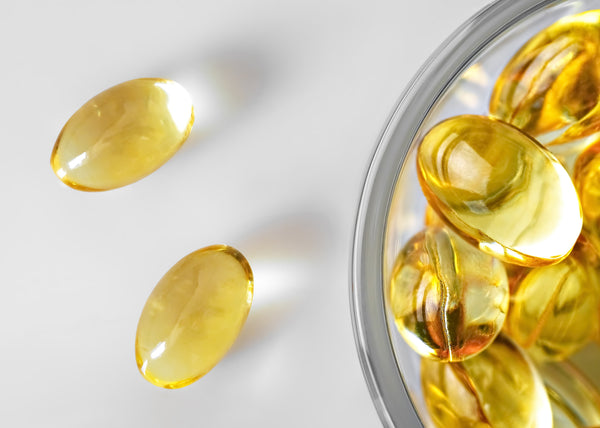
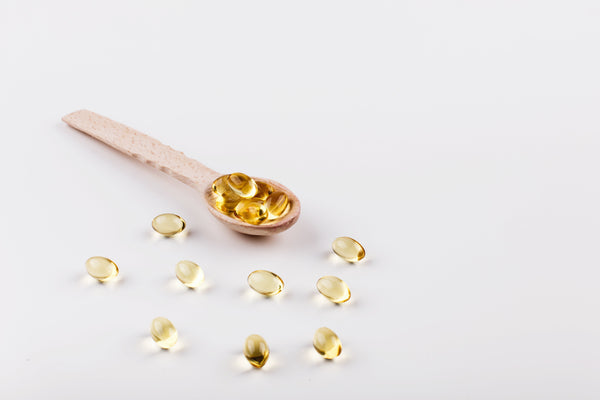
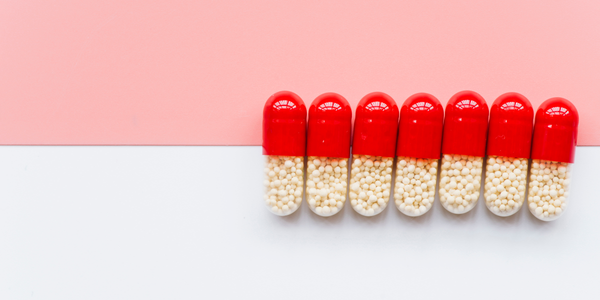







 DOWNLOAD NOW
DOWNLOAD NOW
